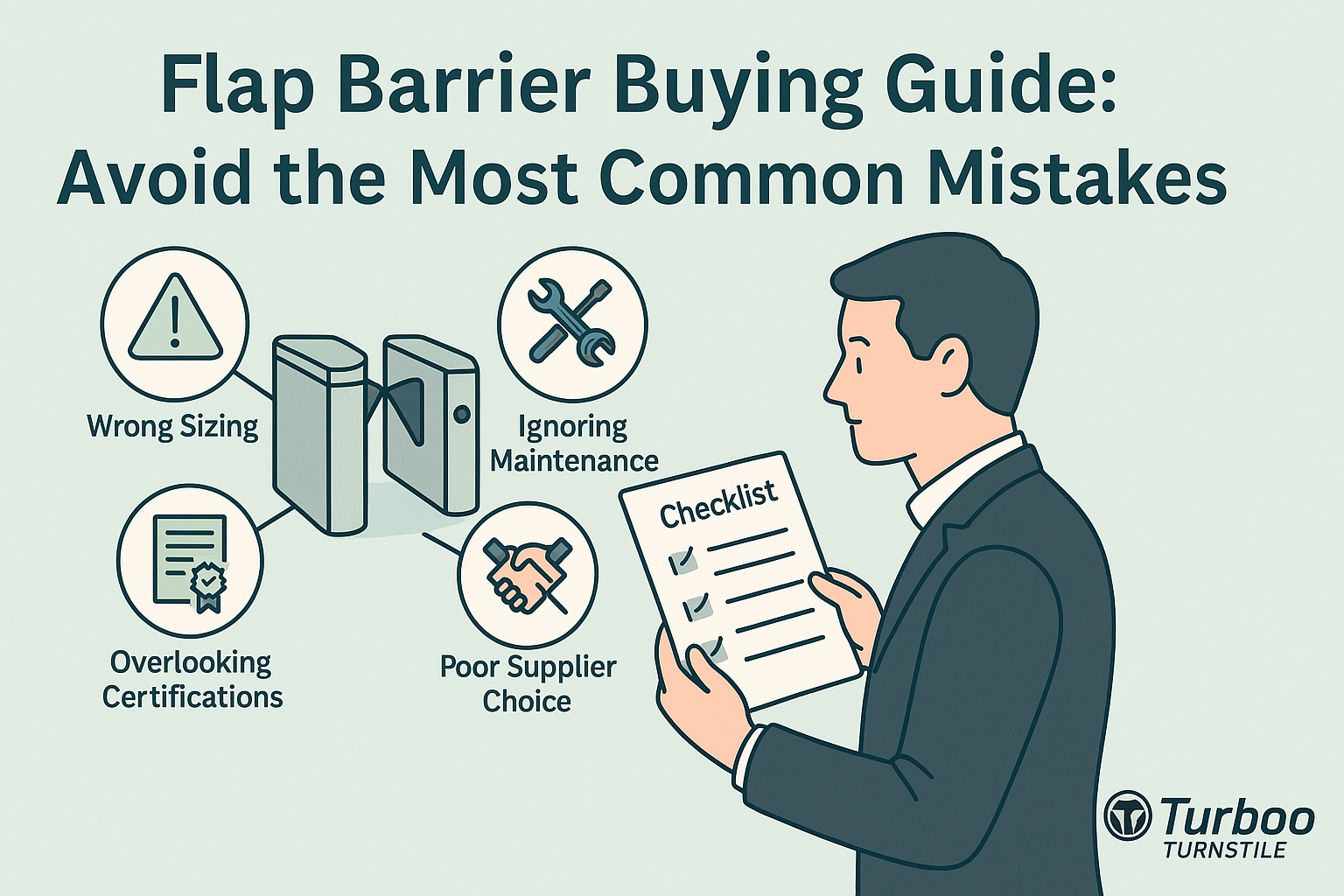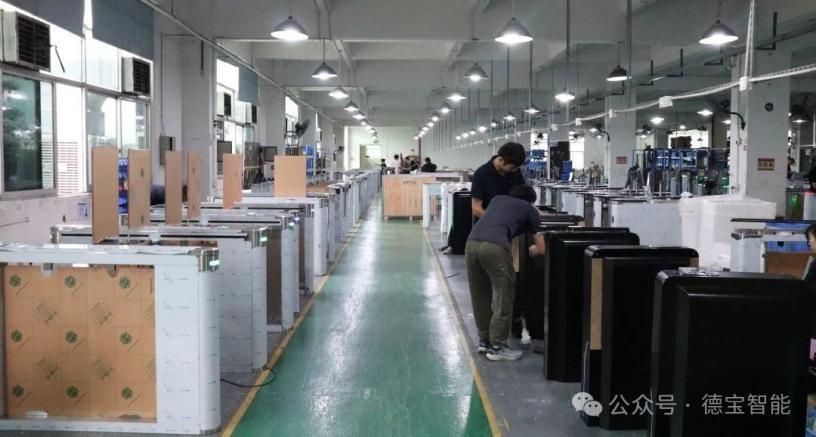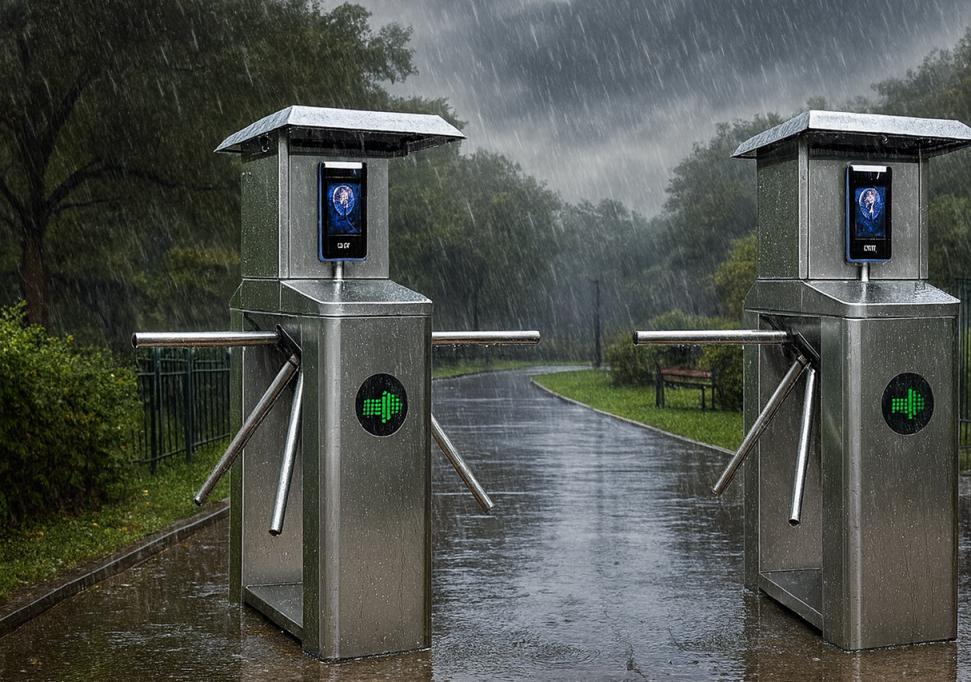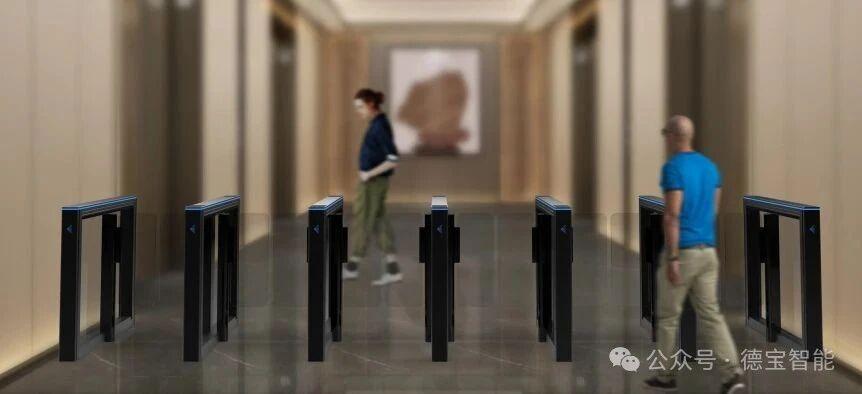Flap Barrier Buying Guide: Avoid the Most Common Mistakes


Many facilities buy flap barriers in a hurry. They rush the process to meet project deadlines or budget cycles. Then come the problems—installations take longer, users complain about delays, or maintenance costs add up. Sometimes the system just doesn’t work as expected. Even experienced teams fall into these traps. Why? Because buying the right flap barrier isn’t just about choosing a model or finding the best price.
This flap barrier guide shows why avoiding common buying mistakes is key. It’s not just about the hardware. It’s about system fit, proper specifications, and trusted vendors. When these things are overlooked, costs go up and performance goes down.
The goal of this guide is simple: help you avoid the most common mistakes. That way, your flap barriers last longer, work smoother, and integrate into your building without surprise issues. Let’s walk through the buying tips that matter.
Rushing the Purchase Without a Clear Plan
Many teams decide to buy flap barriers because a project calls for it. But if the planning phase is skipped or rushed, big problems can follow. Not all facilities are the same. Some need fast throughput. Others need tight access control. The flap barrier system must match those needs.
Before you even look at models, gather input from operations, security, IT, and facility teams. Ask: how many people use the entrance daily? Do we need integration with existing access control? Will users include staff, visitors, or contractors? Without answers to these questions, you risk buying the wrong system.
Every flap barrier project should start with a basic understanding of how the product works. If you’re new to the topic, check this detailed overview of flap barrier basics.
Ignoring Site-Specific Requirements
Not every barrier works in every space. Ceiling height, floor strength, wiring paths, and foot traffic volume all matter. Yet, these details are often missed during planning. One of the biggest mistakes is picking a barrier based on an image or a brochure alone.
You need to inspect the space where the barrier will be installed. Measure the width. Check the surface for anchor points. See if power outlets are nearby. Think about visibility for security staff. Will they see users clearly as they pass through? Do you have CCTV coverage?
Each of these points affects your product choice. If the barrier doesn’t fit or the wiring needs major rerouting, costs will spike. And the timeline will stretch.
Underestimating Throughput Needs
Throughput means how many people can pass through the gate in a certain time. For busy areas like offices, stadiums, or train stations, this number is critical. A low-capacity barrier in a high-traffic area causes backups, complaints, and lost time.
Buyers often pick models without checking this number. Or they think a single lane will do when they actually need two or more. The result? Long lines, frustrated users, and a bad experience.
To avoid this mistake, track your peak foot traffic. Then pick a barrier rated to handle that load smoothly. This is not the place to guess. It’s a place to measure.
Skipping Technical Compatibility Checks
Your flap barrier won’t work alone. It needs to talk to other systems—card readers, biometrics, building management platforms, or security alarms. Compatibility matters. Buying a barrier that can’t connect to these tools causes delays and extra integration costs.
Ask your IT or access control team early on. What systems do we already use? What protocols do we need—Wiegand, TCP/IP, RS-485? Should the barrier support APIs or mobile credentials?
Some facilities also need barriers that sync with fire alarms or emergency releases. If the model doesn’t support these, you’re stuck. You might have to replace other systems or lose key functions.
Use this specs guide to review technical details and check compatibility before buying.
Choosing Based on Price Alone
Everyone wants a good deal. But going for the cheapest flap barrier can cost more in the long run. Low-cost models may look good at first. But many lack strong build quality, proper tech support, or reliable spare parts.
You might save on the purchase, but spend more on repairs, upgrades, or replacements. Worse, your system could fail during peak hours, hurting your operation and your reputation.
Good barriers are investments. They run smoothly, last longer, and cost less to maintain. They come with better service, clearer documentation, and stronger integration options.
The right way to compare is through value—not just price. Consider warranty, support, performance, and future needs.
Overlooking Vendor Reliability
Even a great product can fail if the vendor doesn’t deliver. You need a supplier who responds fast, provides clear manuals, and supports installation. If the vendor disappears after selling, you’re on your own.
Too often, buyers skip this check. They assume the company is trustworthy because the website looks good or the sales pitch sounds right.
Do a vendor check before signing anything. Ask for references. Check how long they’ve been in business. Review their service policies. Look for local support or certified partners.
Use this vendor check checklist to evaluate your supplier before you commit.
Missing the Importance of Warranty and Support
Warranty terms vary. Some cover just one year. Others go up to three or five. Some cover only the motor. Others cover electronics, parts, and labor. Don’t assume anything. Ask for it in writing.
Also, check what support is included. Is there a hotline? Remote troubleshooting? Onsite help? How long is the response time? These things make a huge difference when problems arise.
If you don’t check, you might face long delays when something breaks. Worse, you might have to pay for repairs that you thought were covered.
Not Asking About Spare Parts Availability
Every machine needs maintenance. Flap barriers are no different. Motors wear out. Sensors fail. Cables get damaged. Sooner or later, you’ll need parts.
Make sure the supplier stocks parts locally or can deliver fast. If a barrier is down and parts take weeks, your entrance is stuck. That means frustrated users and a security gap.
Ask about typical lead times for common parts. Better yet, keep a basic parts kit onsite. It reduces downtime and keeps your system running.
Avoiding End-User Training
Even the best system fails when people don’t know how to use it. That includes both the users and your staff. Many projects go live with no training. The result? Confusion, blocked entries, and calls to support that could have been avoided.
Good suppliers offer training as part of the handover. Take it. Train your team on resets, error codes, basic cleaning, and user handling. If your security or IT team understands the system, they can solve problems fast.
Users also need help. Simple guides, signs, or a quick walkthrough help prevent misuse. A few minutes of training saves hours of trouble.
Not Doing a Proper System Evaluation
Before buying, compare your top choices side-by-side. Look at performance, support, integration, and long-term costs. This avoids regret later.
If you can, run a pilot test. Install one unit in a small area and see how it performs. Get feedback from users and staff. Fix issues before scaling.
This step helps you catch red flags early. It’s also a smart way to build confidence in your decision. See more on how to evaluate your options with this system evaluation resource.
For additional industry-level buying advice, refer to this buying guide.
Checklist: Key Steps to Buy the Right Flap Barrier
- Involve All Stakeholders Early
Get input from IT, security, and facilities teams. - Assess Site Conditions
Check space, power, layout, and wiring needs. - Measure Traffic and Throughput Needs
Choose a model that can handle your busiest times. - Check System Compatibility
Confirm integration with access control, alarms, and IT systems. - Review Technical Specifications
Use a reliable guide to compare models and features. - Evaluate Vendor Support
Check service levels, documentation, and response times. - Compare Total Value, Not Just Price
Include warranty, parts availability, and future needs. - Ask for Training and Documentation
Ensure staff and users know how to use the system. - Plan for Maintenance and Spare Parts
Keep common parts onsite and schedule regular checks. - Test Before Full Deployment
Run a pilot to spot issues and improve user experience.
Conclusion
Buying the right flap barrier isn’t just about clicking “order.” It’s about knowing what you need, what to expect, and what to avoid. With this flap barrier guide, you’ve now seen the most common mistakes—and how to avoid them.
When you plan carefully, review specs, and choose reliable vendors, your system runs smoother, lasts longer, and gives users a better experience. That’s the goal. Don’t leave it to chance. Use these tips and checklists to make your next purchase a success.












